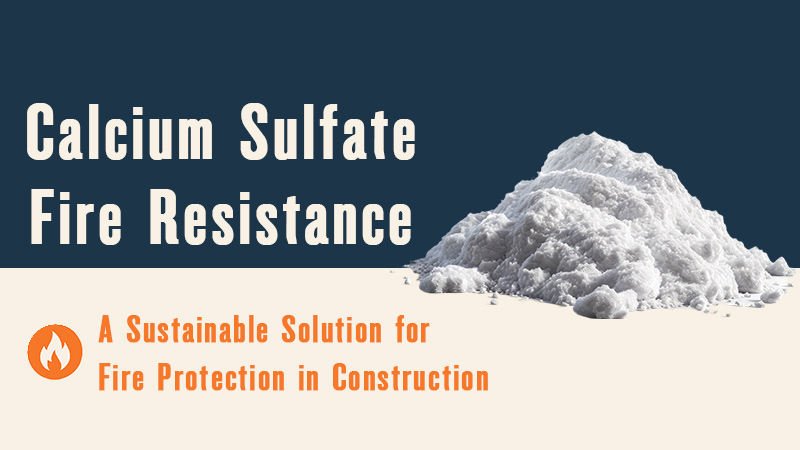Common Terms about Plaster Mortars and Related Tools
Manual clay plaster. Clay plaster is hardest form of mortar used in construction. It is also known as fistful mortar or strong T-zone. This mortar is used for sloping, rulework, and filling gaps between the screeds.
It is also used in rough arches, bulkheads, and ogival arches. Due to the fact that this mortar is strong. any delay in its application leads to hardened mortar in the mixing-mortar container, and consequently, it is wasted.
Manual white plaster. In terms of roughness, this type of mortar is like manual clay plaster. This plaster is used in installing door and window frames, holding ashlar brick temporarily. and in general, in situations where it is needed to hold a piece quickly.
Before applying thistle plaster and clay plaster, the surface under plasterwork should be free of dust. otherwise, after a while, there will be bubbled plaster.
Browning plaster. This type of plaster mortar is slightly looser than clay plaster and its concentration is similar to concentration of honey.
In order to prepare it, add plaster to water. then put your hand on the container bed and mix them in a vibrating motion. The mortar should be paddled only once and after few minutes, it can be used when it is hardened enough.
This plaster is used in plaster molds, grout behind rough arches, and minor repairs. For example, sometimes the plaster is damaged due to the water pipe burst.
In such circumstances, after fixing the pipes, the plaster should be scraped. and the bricks that may have been soaked under the plaster should be dried. Then, the browning plaster is prepared and the plasterwork begins.
After screeding the coating, white plaster should be applied, and finally, the finishing plaster should be applied. This mortar is also used in coating the expanded metal lath on the false ceiling.
Coating plaster. Ready-mixed plaster is divided into ready-made coating, ready-made finishing plaster, ready-made plaster mold, and ready-made sticking. The mortar in this type of plaster is looser than browning plaster in terms of its looseness.
Hard trowel. Professional masons use the term “hard trowel” for trowel that hasn’t been used much. and use it in applying clay plaster. The best type of trowel is called soft trowel. and due to overuse, its outer layer is thinner and is used for applying the finishing plaster.
Plasterers take good care of the soft trowel. after using it, they clean and soak it in oil, and keep it in special bags such as old socks.







